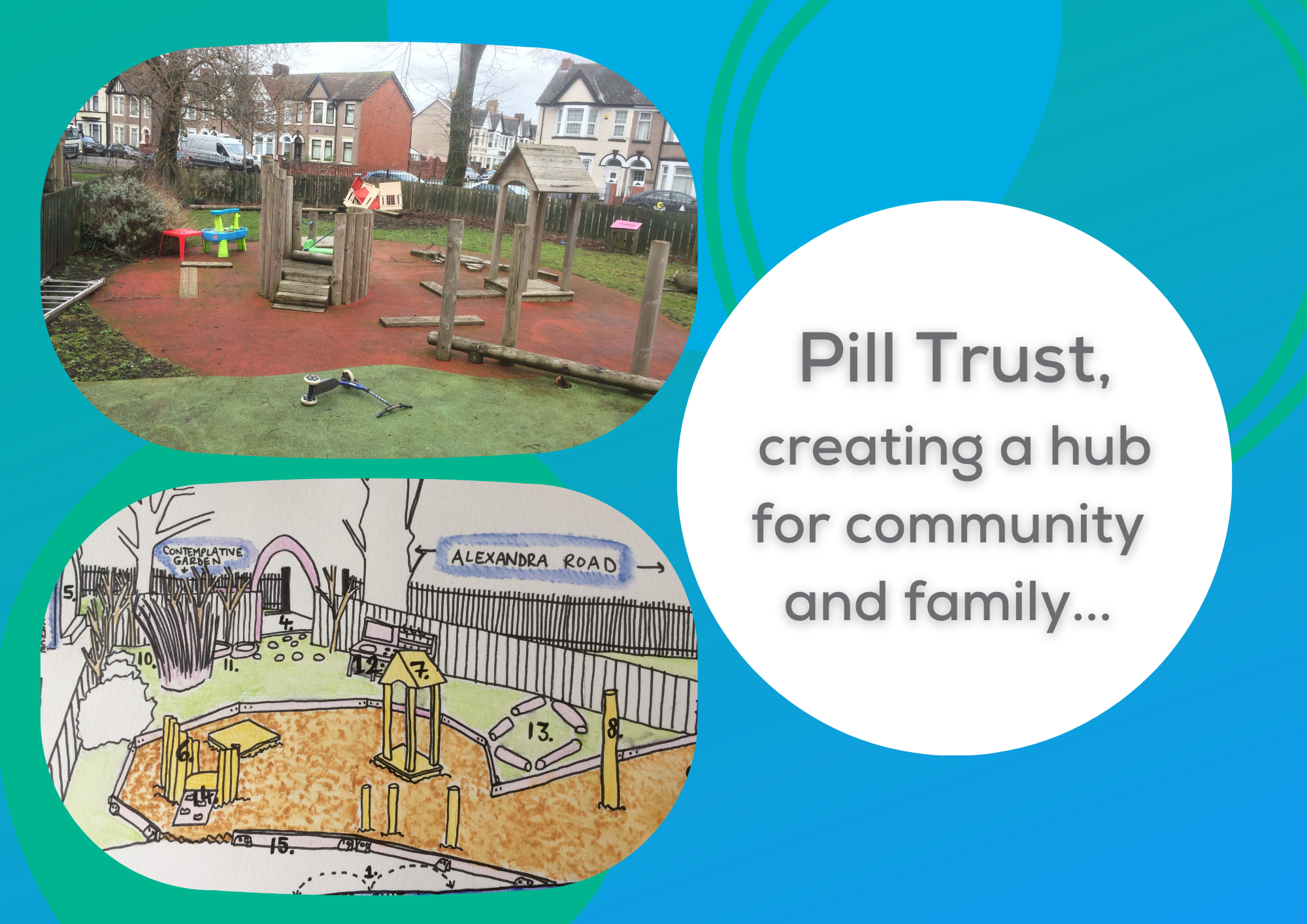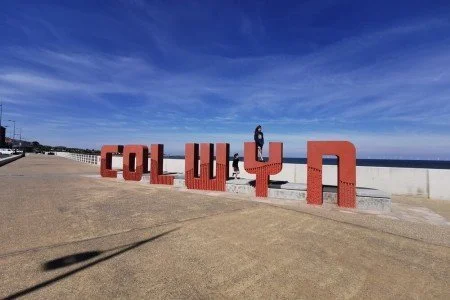THE CASE FOR A WELSH COMMUNITY RIGHTS ACT
Lloyd Jones from the Bevan Foundation outlines why, as we recover from Covid, it may be a fitting time to give communities greater say and control of the local assets they care about.
There is growing interest in the rights of communities to own, manage and have a greater say in community assets in Wales. The role of communities in creating and protecting the things that are important to them is far from new. From the co-operative movement through to the wave of community asset transfers that have taken place over the last decade, community groups and organisations have always played a crucial role in delivering services and safeguarding the things that matter in communities.
Community rights emerged from our interest in ways to generate more shared community wealth. Could more rights help tap into the productive potential of assets? There have been countless cases of publicly owned assets that have fallen out of use being sold on the open market, only to be turned into an income generating one for the (often) private buyer. Surely if a community spots the potential – be it economic, social or environmental - it should have the chance to do the same?
There is of course the option of Community Asset Transfer (CAT). However, experiences of the process in different local authorities in how they transfer assets to communities is still highly variable, which research commissioned by the Welsh Government bears out. It recommends that councils should switch to an approach that makes community need the driving factor for decisions around asset transfer, rather than cutting costs. This leads us to a much bigger issue around power and control, which were consistent themes that community stakeholders raised. They wanted more real control of the assets they care about and a greater say in their future. While the Well-being of Future Generations Act has important provisions around community participation, neither it, nor the CAT process, deliver specific, enforceable community rights that communities can use to safeguard and act on their collective interests.
Looking around the UK, there is a wealth of experiences and practice that can help inform thinking for creating a bolder set of community rights in Wales. In England, the Localism Act has now been in place for a decade. It created rights for communities to bid for assets as a means to protect them and keep them in public hands. It also includes a “right to challenge” and allows communities to register land or buildings as “Assets of Community Value”. However, as Locality has said, the Act is by no means a perfect solution. There are still too many barriers for communities, particularly deprived ones. The six-month moratorium on the sale of an asset is nowhere near enough time for most communities to mobilise and raise the funds they need to take it on. Even when they do, the owner is not obliged to sell to the community, and the highest bidder usually holds the biggest sway. It is for this reason a community first right of refusal deserves serious consideration, to meaningfully prioritise community ownership of assets.
We found that what counts as an asset is also evolving. Community buildings, spaces, key community services, heritage and culture assets are well established in some places as community assets. However, other things such as land, air, water and forestry are also undergoing a re-appraisal. A greater interest in community land trusts and land management is taking off and with it, the opportunity for shared assets to be made more productive for wider community benefit. Scotland’s Community Empowerment Act offers insight into better rights for communities to steward land, and has already helped inform thinking of projects such as Skyline in Treherbert. Quite rightly, ownership of land that comes with liabilities is not right for many communities. But real rights of control and management could be a game changer.
There is a risk that legislation becomes the “go to” solution for everything. While we maintain there is a case for enshrining a bold set of community rights in legislation, it must go hand in hand with other changes. Culture change is vital, including a renewed relationship between public bodies and communities that want to recognise, protect and own or manage assets. Community asset activity must also be resourced, including specialist advice and support services for communities of all kinds. The positive impact of local people being more directly involved in shaping the future of their community cannot be overstated. A concurrent theme in many of the Carnegie Trust’s ‘Turnaround Towns’ is community groups building confidence from small projects to take on bigger and more impactful projects. The litmus test of a new set of community rights will be the difference it makes to communities with higher levels of poverty and those who are often not heard.
Perhaps most importantly, there needs to be a much wider conversation about what next for community rights in Wales. That should include asset owners, community organisations and the wider public. In Northern Ireland, the campaign to establish a Community Rights Act has sought to learn what would work best for Northern Ireland and to reflect on the overarching issues of participation, democracy, power and community voice. In a Covid recovery world, where local community action, public spaces and the need for a fairer Wales have come to the fore, it seems fitting that now is the time to get to grips with better community rights in Wales.
































